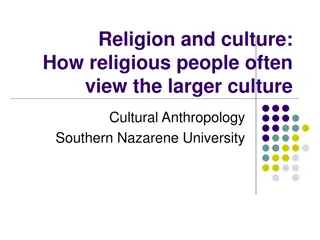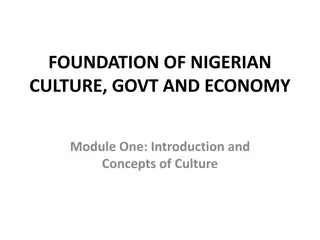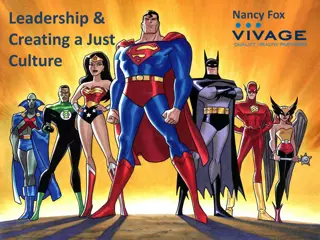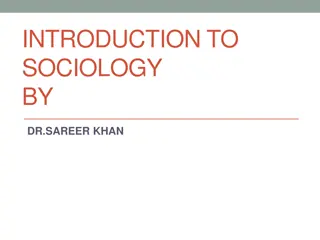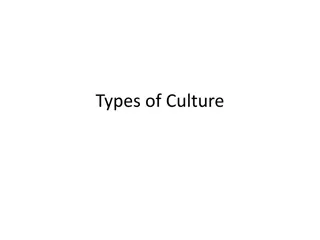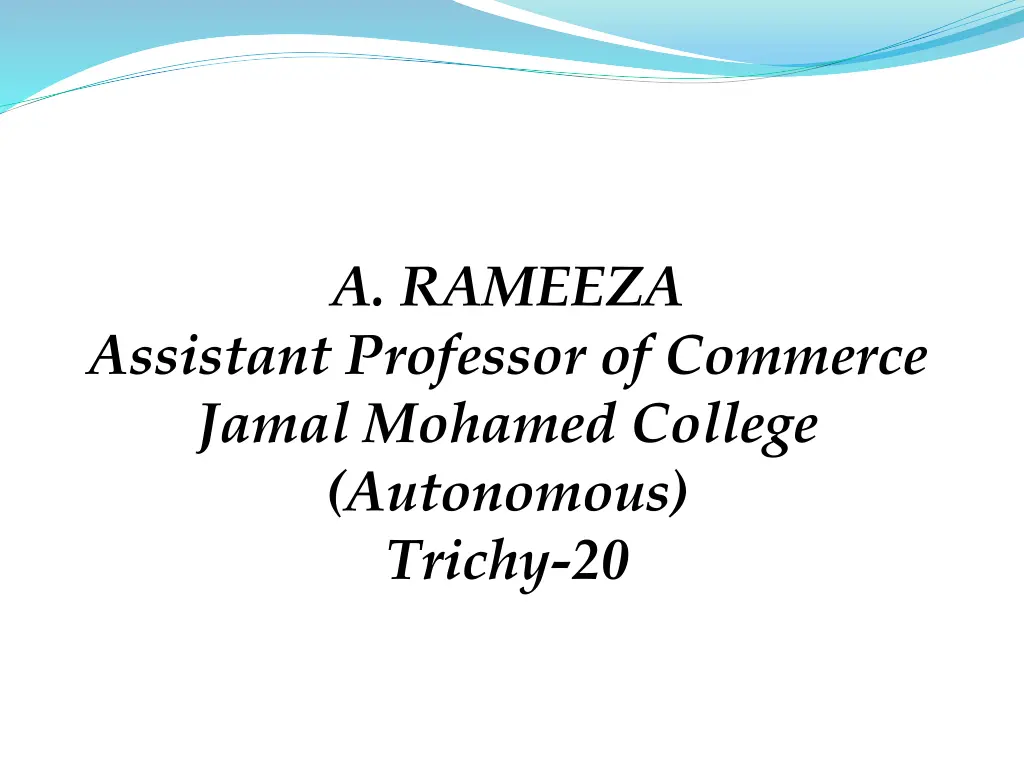
Understanding Culture: Definition, Features, and Elements Explored
Discover the essence of culture through definitions, features, and elements in this insightful exploration. Learn about the impact of culture on society, behavior, and identity, and delve into the significance of foreign cultures. Uncover the advantages and disadvantages of embracing foreign cultures and the nuances that shape our world.
Download Presentation

Please find below an Image/Link to download the presentation.
The content on the website is provided AS IS for your information and personal use only. It may not be sold, licensed, or shared on other websites without obtaining consent from the author. If you encounter any issues during the download, it is possible that the publisher has removed the file from their server.
You are allowed to download the files provided on this website for personal or commercial use, subject to the condition that they are used lawfully. All files are the property of their respective owners.
The content on the website is provided AS IS for your information and personal use only. It may not be sold, licensed, or shared on other websites without obtaining consent from the author.
E N D
Presentation Transcript
A. RAMEEZA Assistant Professor of Commerce Jamal Mohamed College (Autonomous) Trichy-20
"Culture encompasses religion, food, what we wear, how we wear it, our language, marriage, music, what we believe is right or wrong, how we sit at the table, how we greet visitors, how we behave with loved ones, and a million other things," Cristina De Rossi, an anthropologist at Barnet and Southgate College in London, told Live Science. The word "culture" derives from a French term, which in turn derives from the Latin "colere," which means to tend to the earth and grow, or cultivation and nurture. "It shares its etymology with a number of other words related to actively fostering growth, hat is Culture is the Centre of a society and without culture no society can even exist. It is the main difference between human beings and animals. It is a heritage transmitted from one generation to another. It includes all the ways and behaviours is social life. Man is born in the environment of culture, in which he seeks his way of behaving and acting in a given society.
Definition Terpstran defined, The integrated sum total of learned behavioral traits that are manifest and shared by members of society . Lustig and Koster, A learned set of shared perceptions about beliefs, values, norms, which affect the behaviors of a relatively large group of people .
Features of culture Learned Transmitted Based on symbols Subject to change Integrated Ethnocentric Adaptive Shapes values and beliefs Determines personality He common and distinct elements Integrated system
Elements of Culture 1. Values 2. Beliefs 3. Aesthetics 4. Symbols 5. Language 6. Non verbal communication 7. Norms 8. Mores
Foreign Culture Any culture which belongs to other countries is termed as foreign culture. In other words, culture from outside the national boundaries is foreign culture. Foreign culture is a culture that is new or unknown to a people of a native region. The opposite of foreign culture is local culture. Advantages of foreign culture Expanding their knowledge in the acceptance of other cultures. Personal development capacity. Walking pace with society. Promoting their national culture. Getting a job opportunity Disadvantages of foreign culture Confusion own identity if we do not have enough knowledge to own culture. No value on traditional culture. Copy from foreign cultures lack of proper understanding.
Dress patterns Food Language Greeting Occasions Entertainment Family System Position of Elders Role of women Consumption pattern Consumerist culture
In manufacturing, companies have implemented modern concepts Inventory is managed more effectively through adoption Raw materials and components are purchased at cost efficient prices from global vendors. Supply chain management practices are becoming more efficient. More Indian companies are setting up separate Research and development labs to innovate and compete with global brands. Modern technologies are adopted in all areas to improve efficiency, quality and reduce costs. Business are using IT in most of their business areas.
Most of the companies have computerized their operations. Companies are using western marketing techniques. HR concepts from the developed countries are being implemented. Accounting statements are prepared both under Indian Accounting standards and Generally Accepted Accounting Principles by Indian companies operating in foreign countries. New business models of foreign countries are being adopted in India. Payment and money management tools from foreign countries are now used in India. Foreign culture has an important impact in the Indian hospitality industry.



